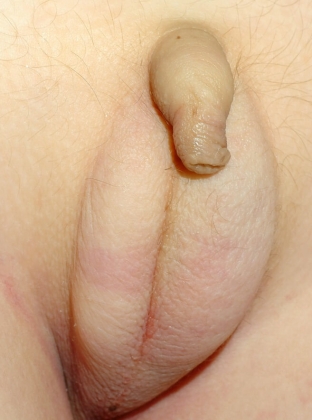When it comes to the regulation of processes in the human body, we can confidently say that the ball is ruled by nerves and hormones. The endocrine system affects the work of all other structures of the human body, while the hormones of the reproductive system deserve special attention. Their excessive or insufficient level is necessarily manifested by various disorders in the functioning of the organs of the reproductive system, and in most cases the most dangerous complication of this condition is the development of infertility. Pathology can develop in both sexes. One of these diseases is hypogonadism - insufficiency of sex hormones.
Etiology and characteristic symptoms of hypogonadism in men
The syndrome of hypogonadism in men is also called testicular insufficiency or androgen deficiency. Testosterone is the main sex hormone in the male body. It is this hormone that determines the development of all the main features that distinguish men from women. With hypogonadism in men, a complex of hormonal and clinical disorders develops, which are manifested by characteristic symptoms. The syndrome of hypogonadism in men can be congenital, acquired or idiopathic, in the event that the cause of the pathology cannot be established.
Hypogonadism:
- Main causes of hypogonadism in men;
- clinical presentation of prepubertal hypogonadism in men;
- Clinical presentation of post-pubertal hypogonadism in men.
The main causes of hypogonadism in men
Depending on the etiological factors, the syndrome of hypogonadism in men is divided into primary, secondary and hypogonadism due to target organ resistance.
Primary hypogonadism can be caused by:
- congenital pathologies: anorchism or Klinefelter's syndrome;
- injury or other damage to the testicles;
- Untimely treatment of cryptorchidism.
Secondary hypogonadism develops as a result of:
- tumors of the pituitary or hypothalamus;
- Kalman syndrome;
- fertile eunuch syndrome;
- certain rare congenital disorders.
Hypogonadism due to target organ resistance occurs when:
- estrogen deficiency;
- 5-alpha reductase deficiency;
- feminization due to androgen receptor resistance.
Clinical presentation of prepubertal hypogonadism in men
 Hypogonadism, which develops in prepubertal age, determines the characteristic appearance of these patients. Depending on the level of growth hormone, boys can be very tall or very short. They are characterized by eunuchoid body proportions: the arms and legs are long, and the torso is short. Skeletal muscles are poorly developed, body fat is distributed according to the female type. There is an increase in the mammary glands - true gynecomastia, as well as the absence of pubic hair and in the armpits. The timbre of the boys' voices is high, and the pallor of the skin is also noteworthy. The length of the penis in boys with hypogonadism is no more than 5 cm, the scrotum is atonic, does not have pigmentation and folding, the testicles may be very small or completely absent.
Hypogonadism, which develops in prepubertal age, determines the characteristic appearance of these patients. Depending on the level of growth hormone, boys can be very tall or very short. They are characterized by eunuchoid body proportions: the arms and legs are long, and the torso is short. Skeletal muscles are poorly developed, body fat is distributed according to the female type. There is an increase in the mammary glands - true gynecomastia, as well as the absence of pubic hair and in the armpits. The timbre of the boys' voices is high, and the pallor of the skin is also noteworthy. The length of the penis in boys with hypogonadism is no more than 5 cm, the scrotum is atonic, does not have pigmentation and folding, the testicles may be very small or completely absent.
Clinical presentation of postpubertal hypogonadism in men
Hypogonadism, which develops in older men, is called post-pubertal and is characterized by the occurrence of various symptoms of testosterone deficiency. In such men, the length of the penis can be more than 9 cm, the testicles are more than 12 ml, but at the same time they are flabby and soft on palpation. The scrotum is also atonic, with moderate folding and pigmentation. There are also violations of libido and sexual intercourse: sexual desire is reduced, spontaneous erections occur less frequently and are much weaker, sexual intercourse can be quite long, while orgasm and ejaculation may be completely absent.






Add a comment